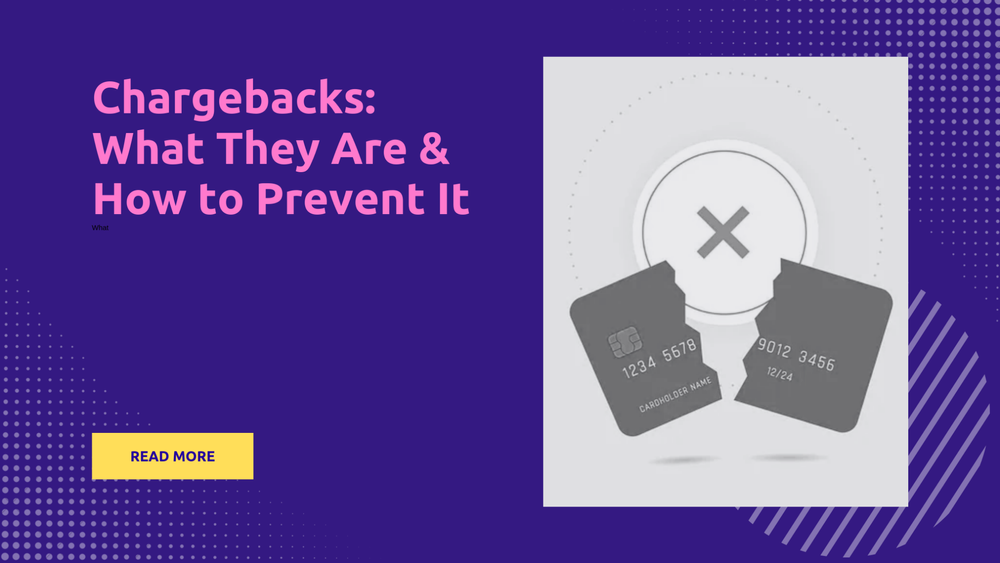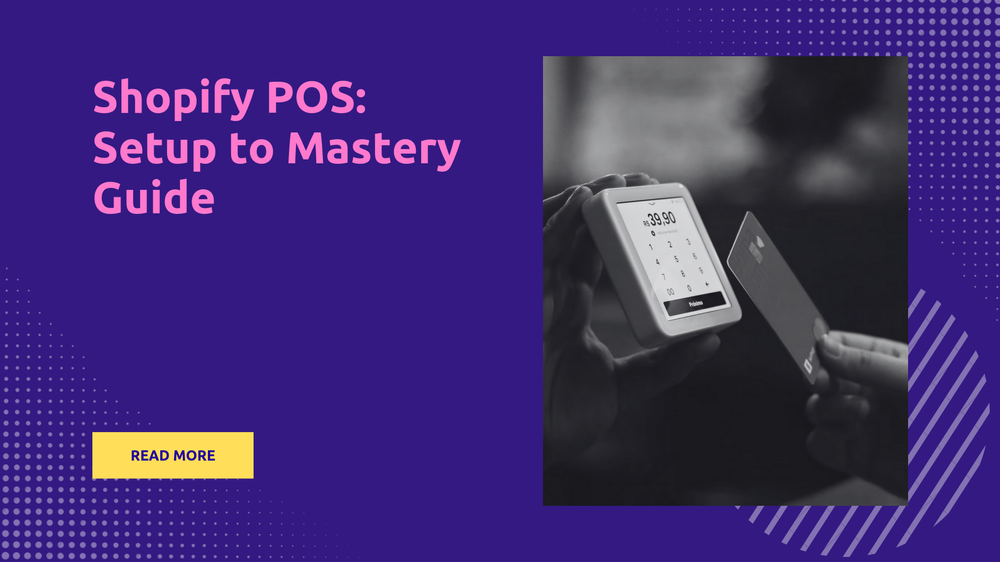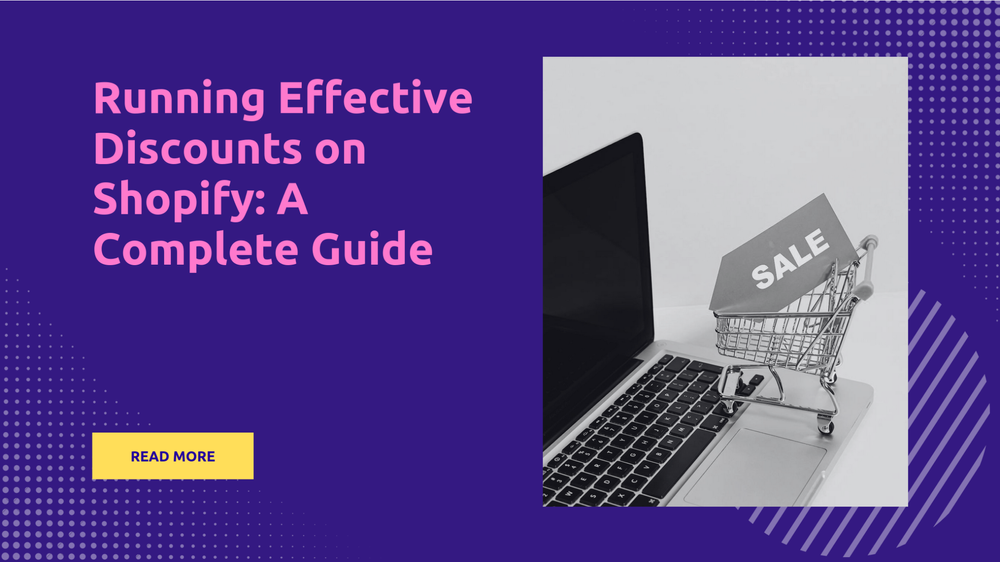Supercharge Your Sales with Shoppable Videos: A Step-By-Step Guide
By Abhishek Sebin on

Video reigns supreme in today's e-commerce world. Most online shoppers now prefer video over other content when deciding what to buy. Shoppable videos have emerged as a powerful tool, enabling customers to purchase directly after watching a video. This creates a smooth buying journey, transforming viewers into shoppers.
For online stores, shoppable videos have become a necessity. They boost sales, brand awareness, and customer engagement. If you're not using them yet, now's the time to start.
This guide provides actionable steps to create and implement shoppable videos that convert. Even if you lack the time or budget for original videos, there are options for you. Whether you're a marketing veteran or new to video marketing, this guide offers valuable strategies and solutions. Let's get started!
Why Shoppable Videos Are a Game-Changer
E-commerce is constantly evolving, and shoppable videos are emerging as a powerful trend. This format combines short videos with 1-click add to cart, allowing customers to easily discover products and click through to purchase.
This interactive experience is particularly effective for visually-driven products. For example, in fashion, "shop the look" videos allow customers to see clothing in action, get inspired, and quickly navigate to product pages to buy the items featured. The ability to see a product in use and easily access its purchase page can significantly boost conversions and sales.
Shoppable videos streamline the buying process. While traditional methods often require customers to click through multiple pages, shoppable videos reduce friction by allowing viewers to see the product in a video and quickly navigate to the product page if they want to learn more or make a purchase. This can help reduce abandoned carts.
Creating Engaging Shoppable Videos
Start by understanding your target audience. Dive into your store's data and social media analytics to uncover their needs, preferences, and pain points. Look at demographics like age, gender, and location. Then, dive into psychographics—interests, values, and pain points. Knowing their motivations, aspirations, and online habits helps you create videos that truly resonate.
Ask yourself: What are they looking for? What problems does your product solve? Answering these questions ensures your videos resonate with your audience.
For example, if you're selling sports tees on Shopify, you might find your audience is primarily 25-45-year-olds in urban areas, with a mix of genders, who are passionate about fitness, athleisure, and value both performance and style. They're likely active on Instagram and TikTok, following fitness influencers, and are motivated by self-improvement and community. They are searching for durable, stylish tees made from high-quality, comfortable fabrics. Your product addresses their pain points of low-quality shirts, bland designs, and uncomfortable materials that hinder their workouts, or don't transition well from the gym to everyday life.
Knowing this, you can create shoppable videos that showcase your tees in action, highlighting their durability, breathability, and unique designs. You can address their concerns directly, such as "tired of shirts that lose their shape?" and partner with relevant fitness influencers to reach them on their preferred platforms. By tailoring your videos to your audience's specific interests and needs, you'll create content that engages them, solves their problems, and drives sales.
Next, set clear, measurable goals for each video. Are you aiming to increase click-through rates? Boost sales for a specific product? Or maybe you want to drive traffic to a landing page?
Defining your Key Performance Indicators (KPIs) allows you to track success and make improvements. When crafting content, tell a story that showcases your products naturally. Don't just display your products, demonstrate their value in real-life scenarios. Create narratives that show transformations or feature relatable characters. Emotional connections make your products more desirable.
Help viewers imagine themselves using and benefiting from your products. Keep your videos concise, aiming for under 30 seconds to maintain engagement.
High-quality visuals and audio are crucial, even on a budget. Good lighting, a stable camera (often, your smartphone is enough), and clear sound make a big difference. Use on-screen text, graphics, and annotations to guide viewers.
Most people shop on their phones, so optimize videos for mobile viewing. Use vertical formats, add captions for those watching without sound.
Summarized, here are some tips for creating engaging shoppable videos:
- Understand your audience's needs and preferences.
- Set clear, measurable goals for each video.
- Tell a story that showcases your products' value.
- Keep videos short, ideally under 30 seconds.
- Ensure high-quality visuals and audio.
- Use on-screen captions, graphics, and annotations effectively.
- Incorporate clear and compelling calls to action (CTAs).
- Grab attention quickly: Use eye-catching visuals like dynamic shots, bright colors or close-ups of the product in the first few seconds.
- Optimize for mobile viewing by using vertical video.
- If low on time, repurpose existing social media content or use stock footage.
- Leverage current events and trends.
- Choose the right products: Pick items that are visually appealing, trending, or known best-sellers.
- Invest in quality: Use good lighting and audio equipment for a professional look that builds trust.
- Test and refine: Use A/B testing to try different formats, lengths, CTAs, and interactive parts to see what works best.
How to Make Shoppable Videos Quickly
Creating shoppable videos doesn't require a huge budget or hours of filming. You can get started quickly even without prior video experience. One easy way is to leverage your existing content.
Your social media feeds are a goldmine. With our InstaVid Shopify app, you can pull TikTok and Instagram videos onto your Shopify storefront, and tag products in these videos with just a few clicks.
If you want something more custom but lack the time or skills to film from scratch, there are user-friendly online tools available. Many online slideshow makers or video editing platforms offer pre-built templates. These tools simplify adding clickable links, product pop-ups, and on-screen text.
Advancements in technology have made AI-powered video editing more accessible. AI can automate many parts of the video creation process. It can suggest transitions, optimize footage, and even add captions automatically.
While professionally produced videos impress, authenticity is often more important perfection. Leverage customer testimonials and user-generated content. These build trust without requiring high-quality studio setups.
A behind-the-scenes look at your business can be engaging. Viewers enjoy a unique peek behind the brand. Balance professional-looking videos with organic, authentic ones.
Here's a quick comparison of the different approaches of creating a shoppable video:
Strategic Placement of Shoppable Videos for Maximum Impact
Once your videos are ready, think about where to place them. Here’s a breakdown of high-value locations for your shoppable videos widget:
- Product Pages:
- Pros:
- Provides detailed product information and showcases the product in action.
- Offers a "final nudge" for potential buyers, leading to higher conversion rates.
- Cons:
- May not be the best place to capture initial attention or introduce new products.
- Pros:
- Homepage:
- Pros:
- Captures attention the moment visitors land on your page.
- Excellent for introducing new products or promoting special offers.
- Establishes a strong first impression with your audience.
- Cons:
- May not provide enough specific product information for shoppers ready to buy.
- May slow down initial page load.
- Pros:
- Dedicated Video Hub/Page:
- Pros:
- Perfect for shoppers seeking inspiration and discovery.
- Provides a centralized location for browsing a variety of shoppable content.
- Encourages customers to explore more of your offerings.
- Cons:
- Requires customers to navigate away from other key pages.
- Might not be as immediately effective for direct conversions.
- Pros:
- Category Pages:
- Pros:
- Highlights your diverse offerings within a specific category.
- Helps customers compare and choose between related products.
- Cons:
- Less targeted than individual product pages.
- Not as effective as the homepage for initial brand engagement.
- Pros:
Instavid lets you place the shoppable videos widget on any page of your Shopify store, allowing room for experimentation. Which placement works best will vary from business to business.
Measuring the Effectiveness of Your Shoppable Videos
Once your videos are live, measuring their effectiveness is essential. Tracking the right metrics helps you fine-tune your strategies. Begin by monitoring key performance indicators (KPIs).
These include:
- Video Views: See how far your content is reaching.
- Engagement: Track watch time, bounce rate, etc. to understand how well your videos resonate with viewers.
- Click-Through Rates (CTR): What percentage of visitors click on the video. This shows how attention-grabbing your videos are.
- Add-to-cart rates: Measure user interest after seeing your video.
- Average Order Value (AOV): Measure whether shoppable videos increase the AOV.
Use analytics dashboards from your platform to monitor activity. Check if it matches your overall business goals. InstaVid provides analytics so you can take immediate action.
To really optimize your videos, think about A/B testing. Experiment with different CTAs ("Shop Now" vs "Learn More"), product placements, or video lengths. See what grabs your viewers' attention best. You'll also want to calculate your return on investment (ROI) by comparing the revenue your video campaigns generate with the costs involved. This helps you focus on what's working, and allows you to create a strong, data-backed strategy for the future.
Here's a table summarizing the key metrics and how to measure them:
Enhancing the Post-Purchase Experience
The customer journey doesn't end with a purchase. Optimizing the post-purchase experience builds customer loyalty and increases the chance of repeat purchases.
Instead of sending customers to generic USPS or third-party tracking sites, use Postship's branded tracking pages. This keeps customers engaged with your brand while providing shipping updates. Our built-in upsell feature can bring 10-20% more revenue from repeat orders.
Handle returns strategically to minimize losses. For example, provide how-to guides and product demo videos to help customers resolve issues and reduce return rates.
Postship Returns for Shopify streamlines the return process, encouraging exchanges or store credit rather than refunds. This helps merchants retain revenue while providing a superior post-purchase experience.
Conclusion
Shoppable videos are a powerful new tool for e-commerce. Engaging videos coupled with a one-click add-to-cart experience can convert passive viewers into customers. At Postship, we understand the importance of this integration and offer solutions like Instavid to make adding shoppable videos to your Shopify store straightforward.
Furthermore, Postship's suite of Shopify apps provides a complete approach to managing your customer experience, from initial purchase to post-purchase interactions. This ensures you stay ahead in the ever-evolving e-commerce market.
To thrive in today’s dynamic landscape, businesses need to be adaptable. Embrace shoppable videos now to position your business for future success.




